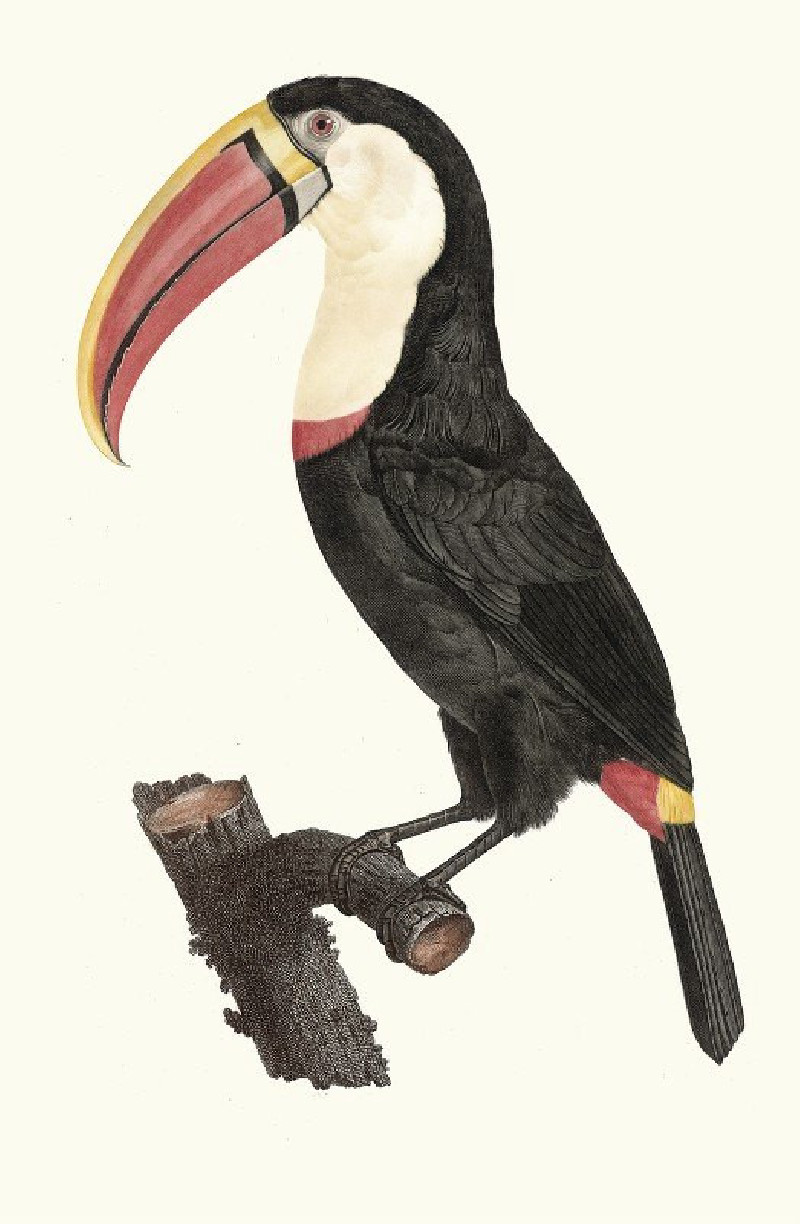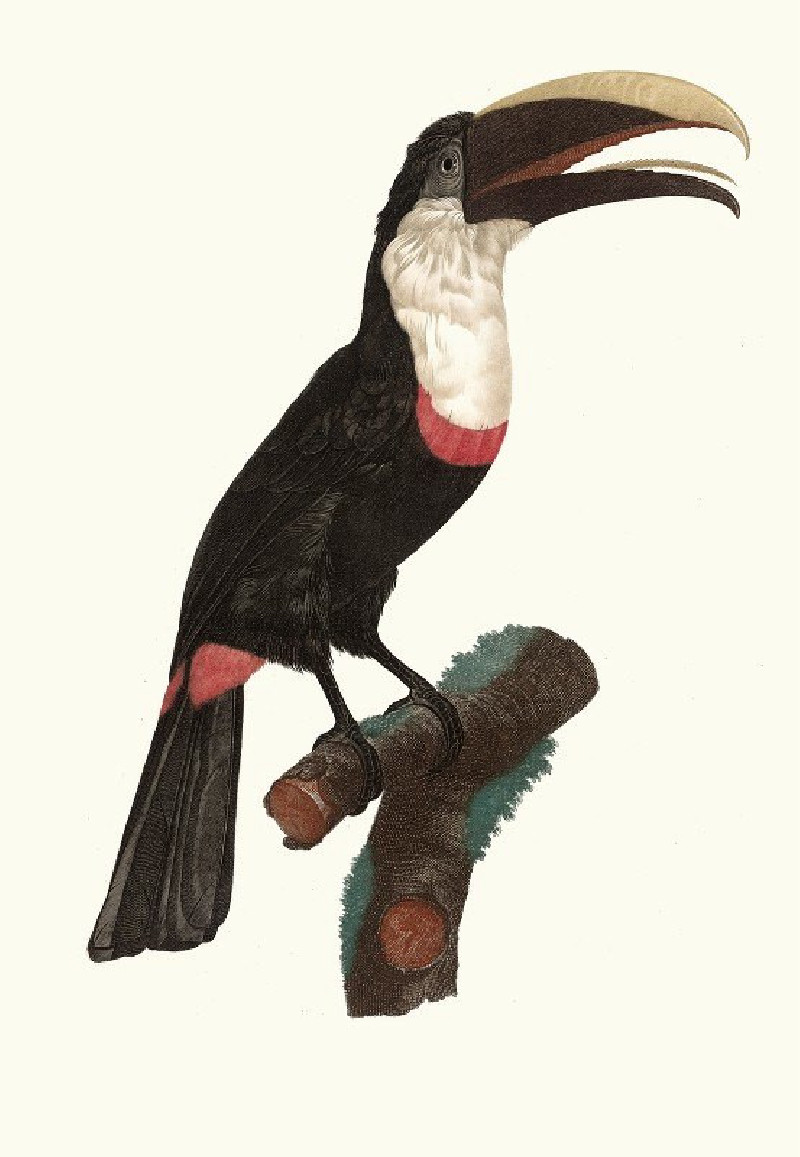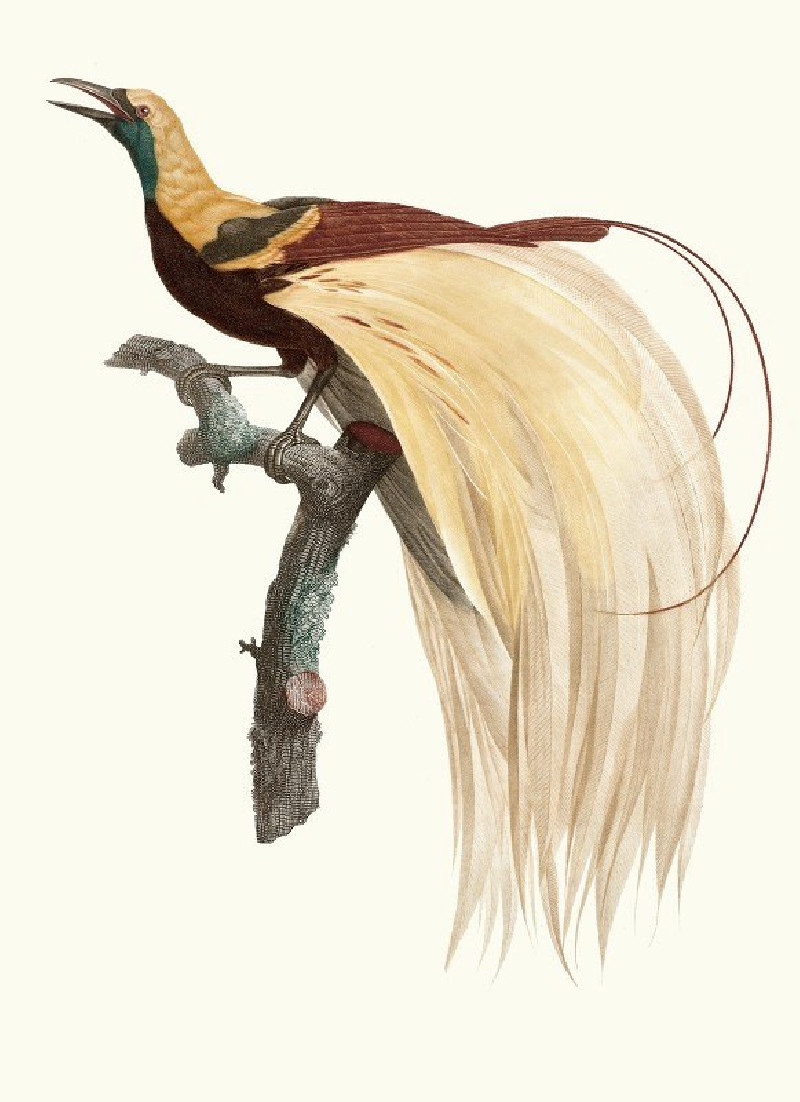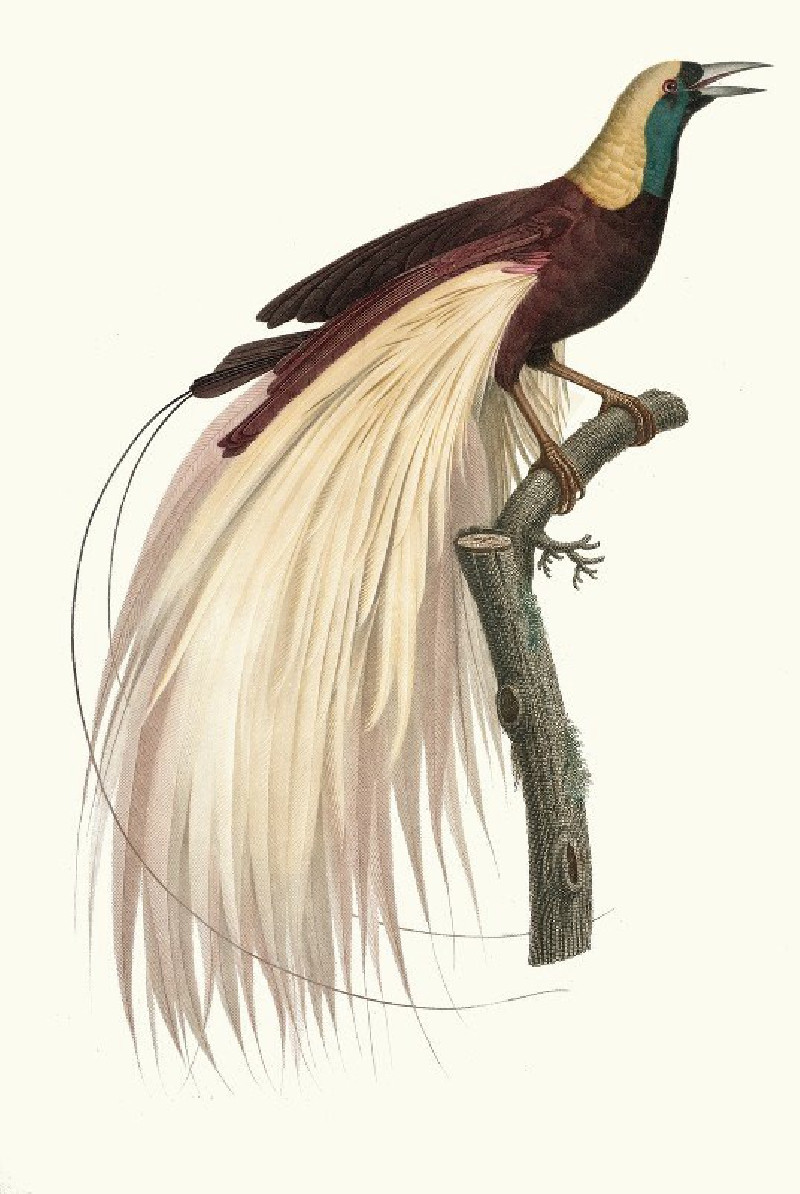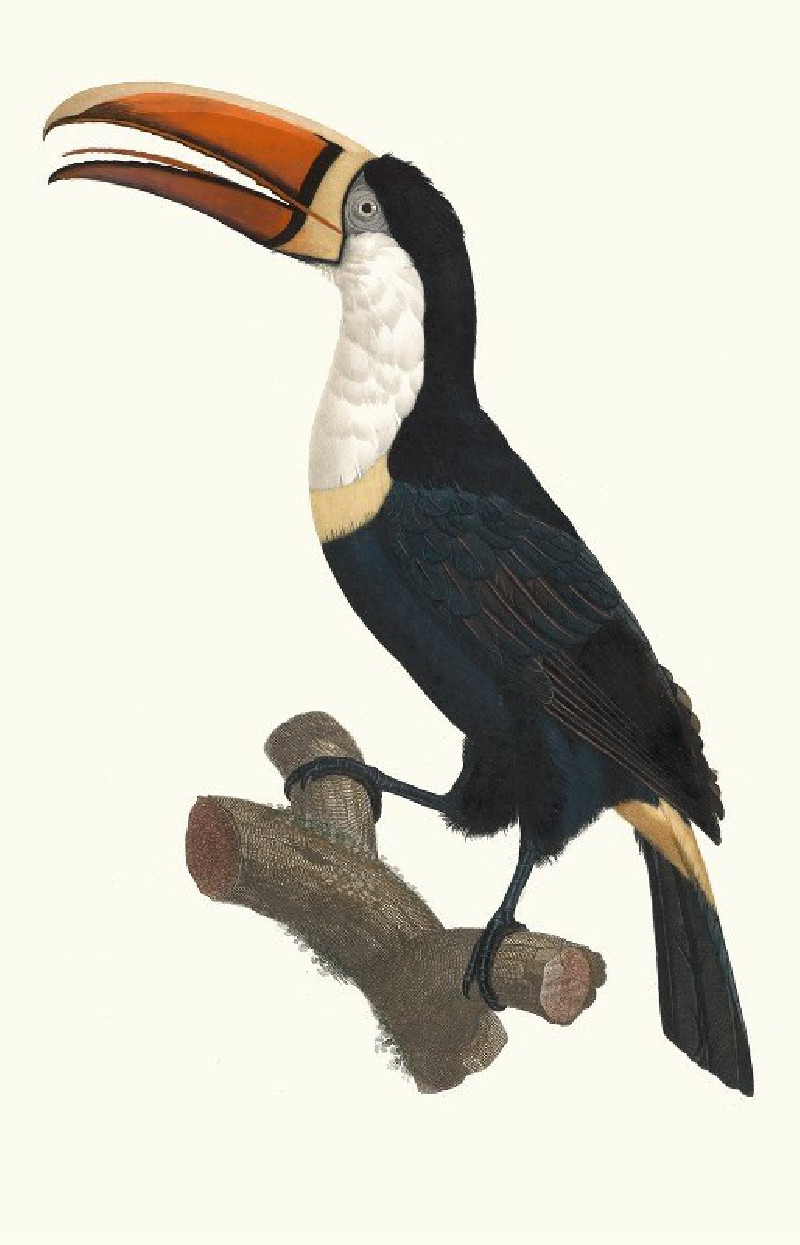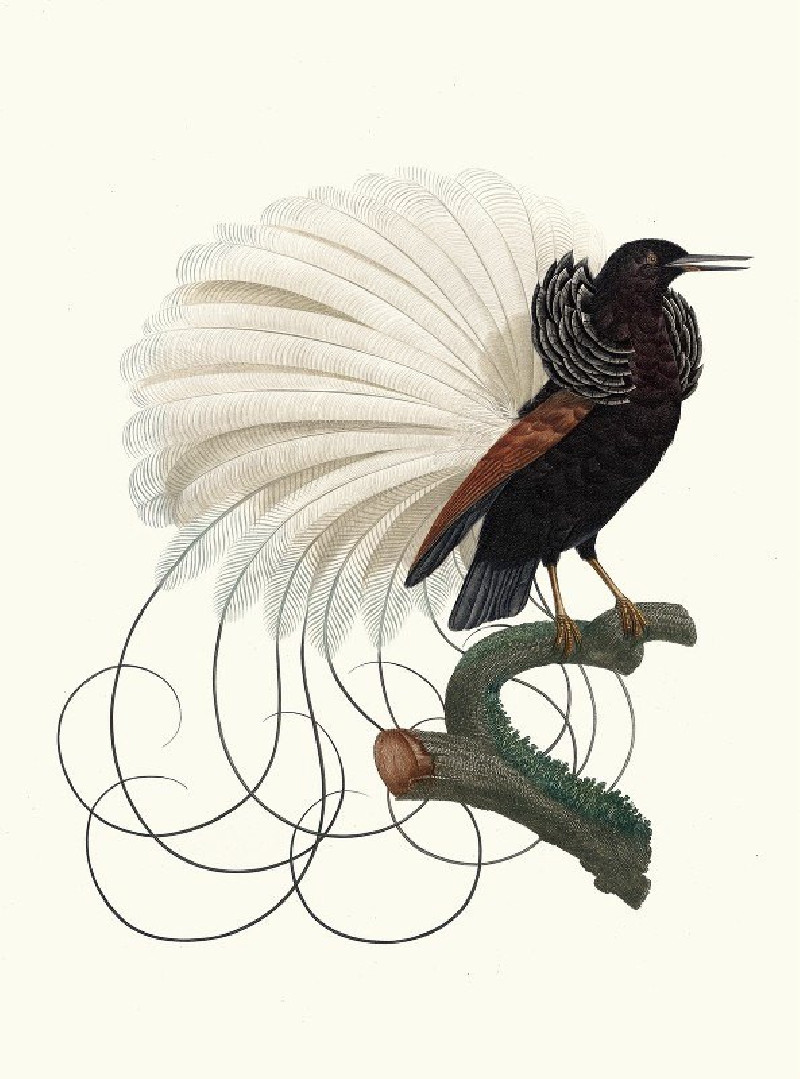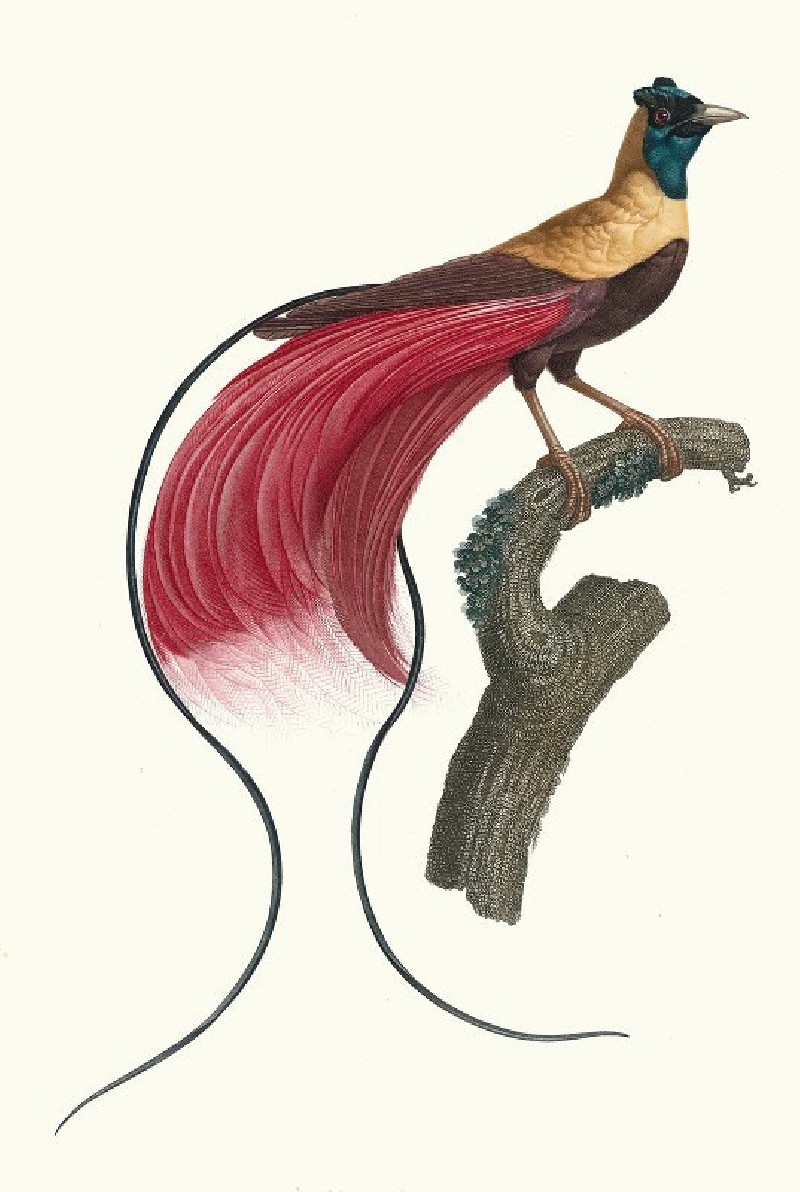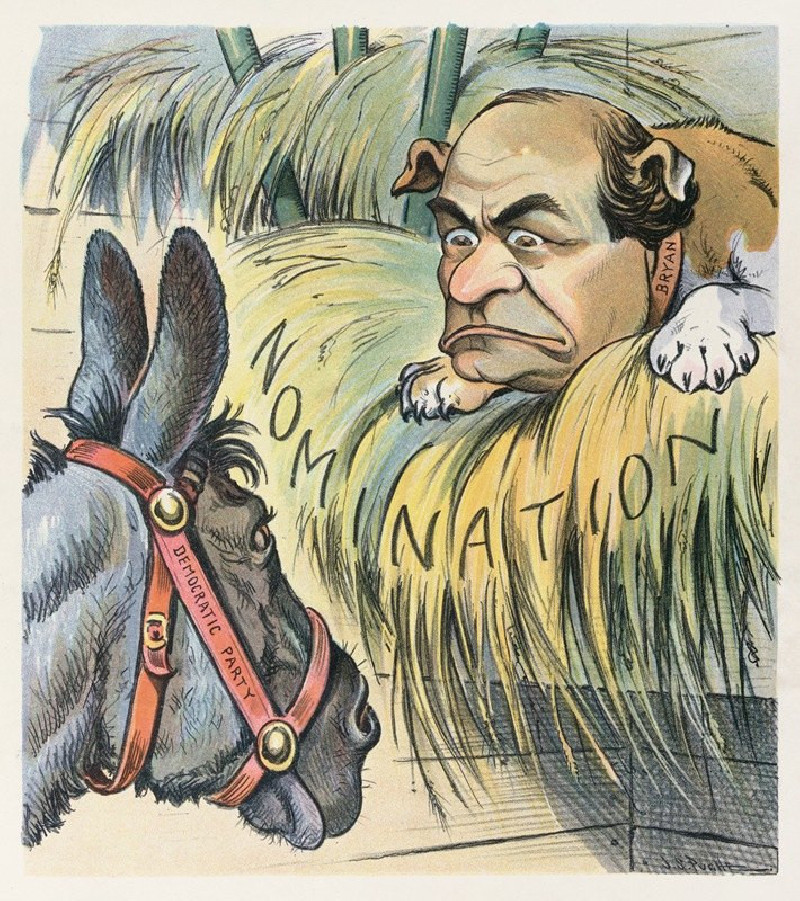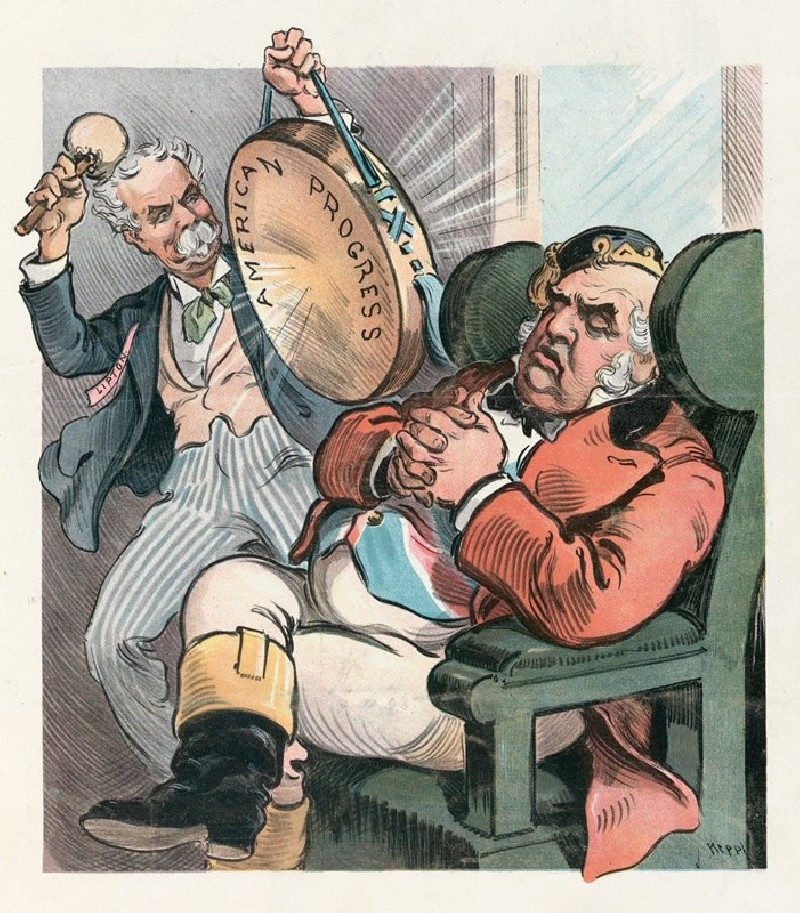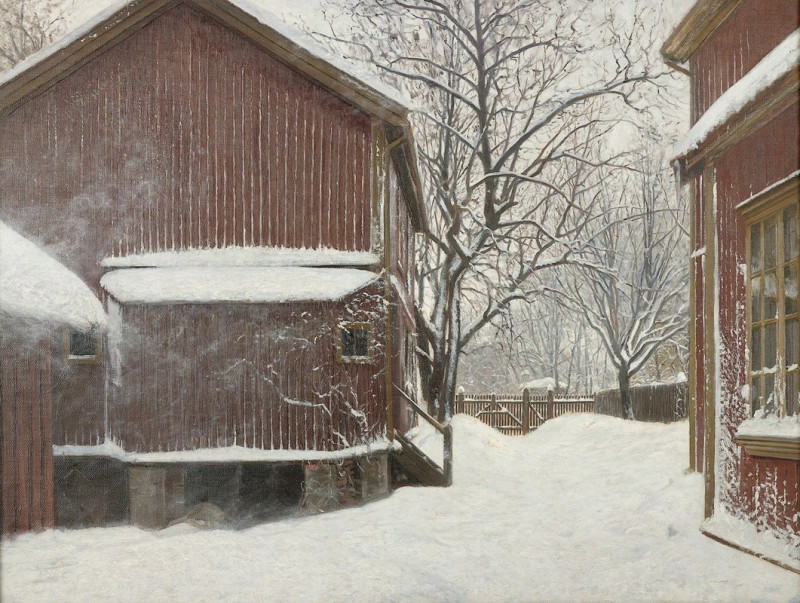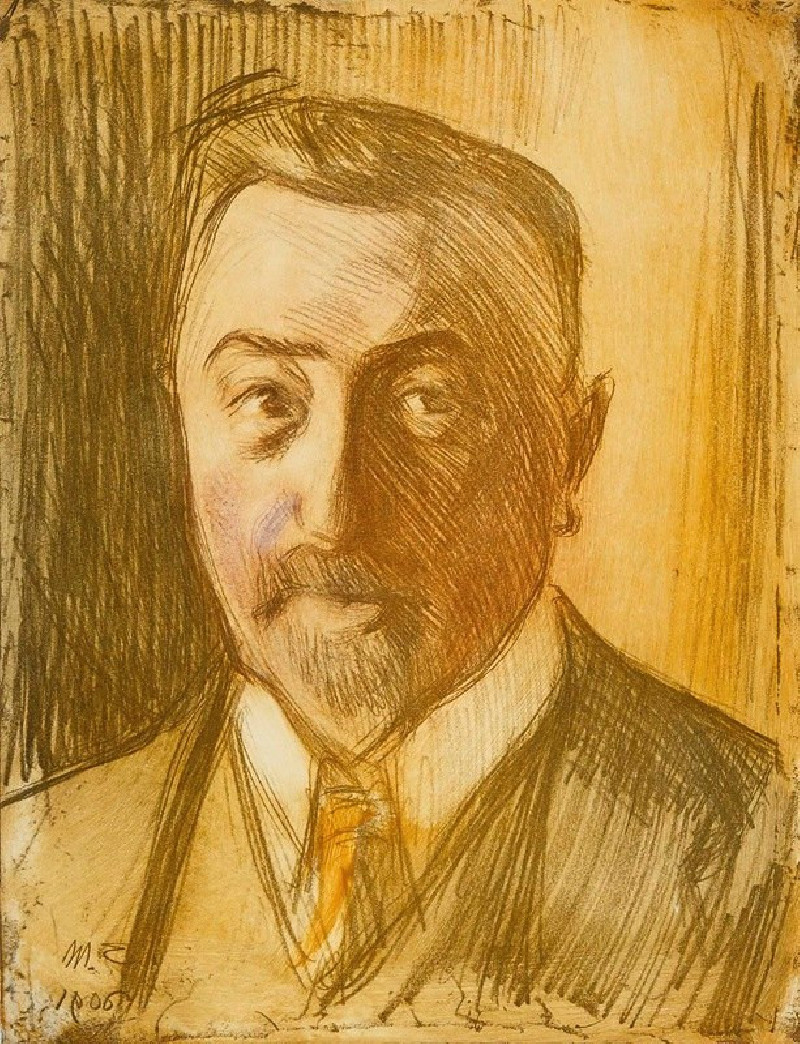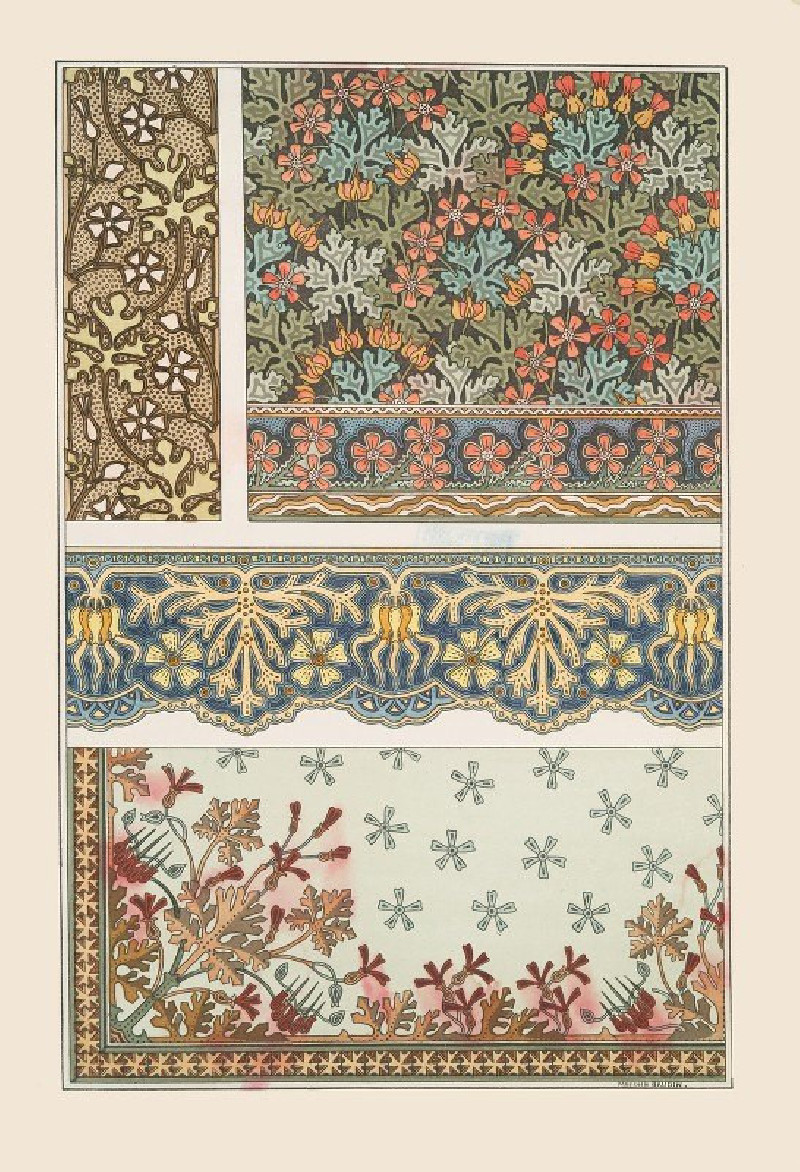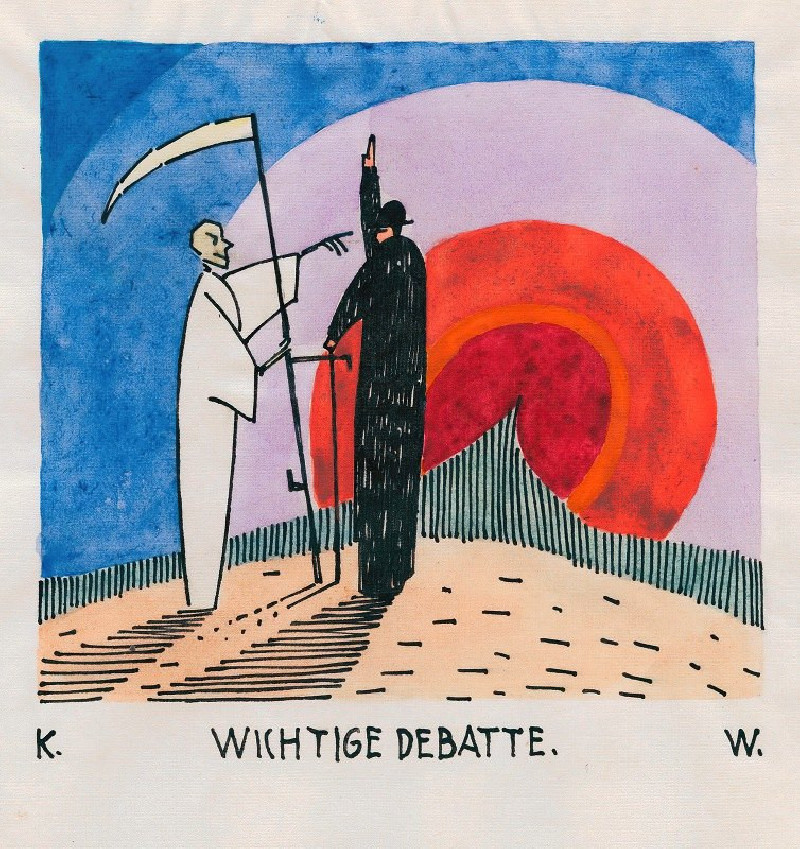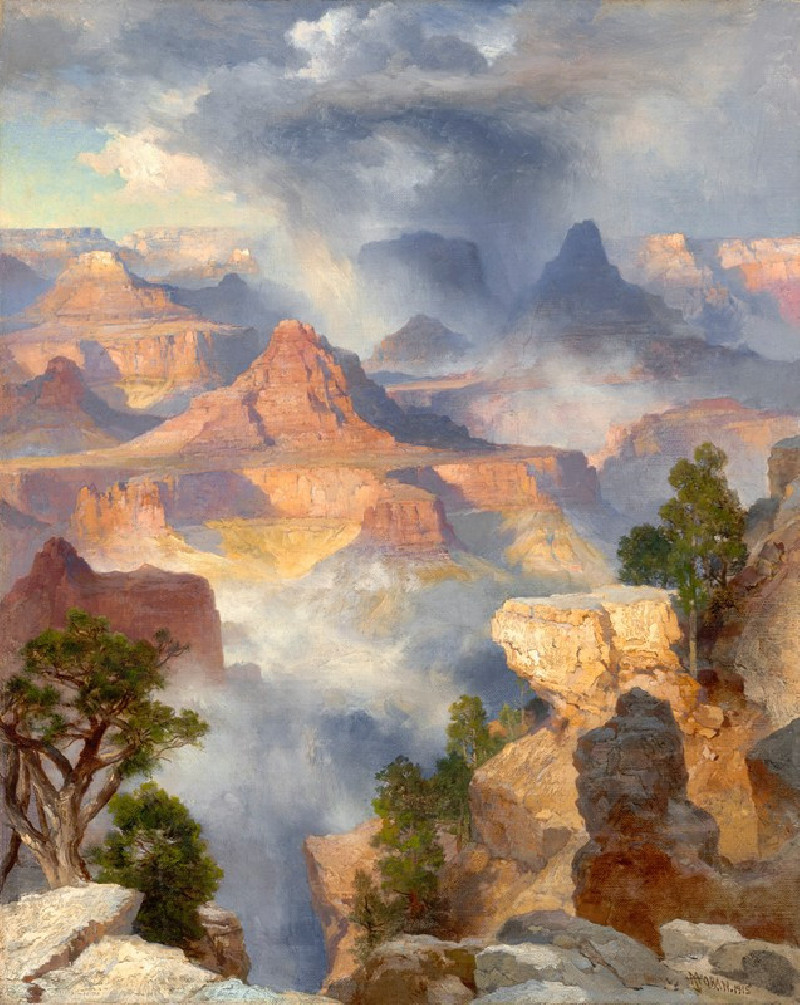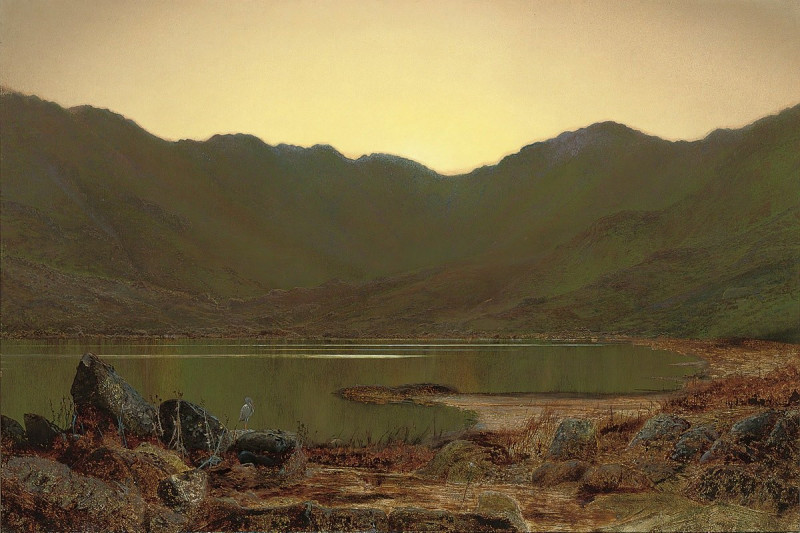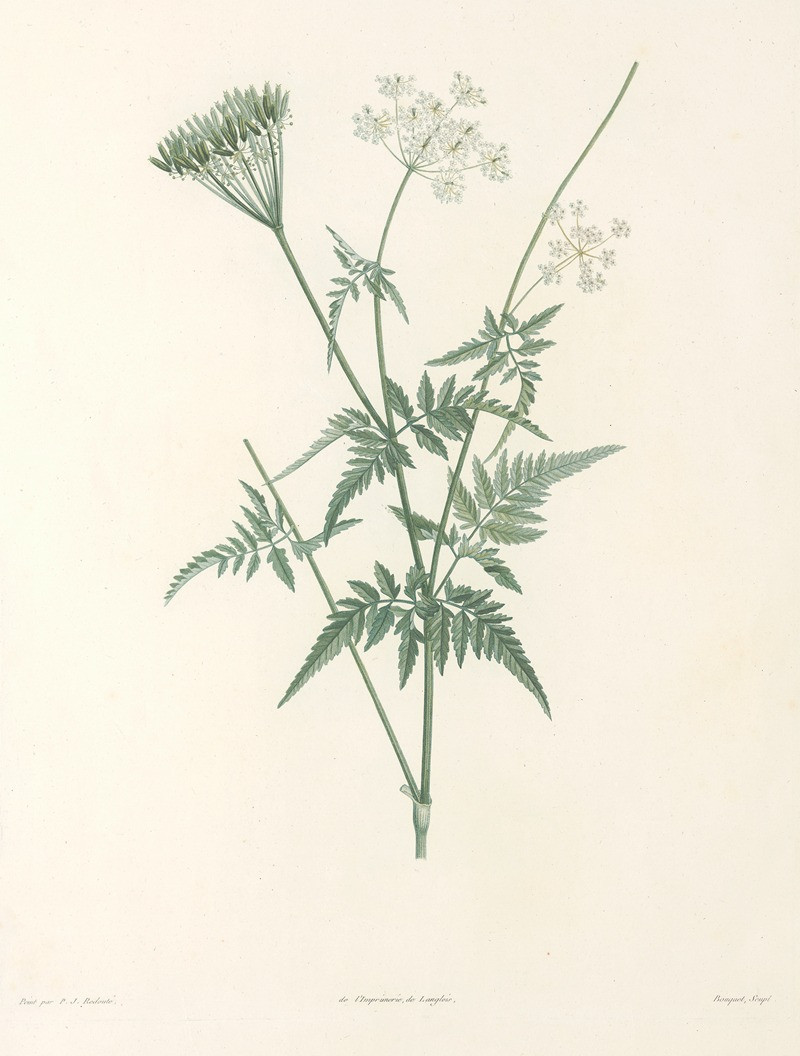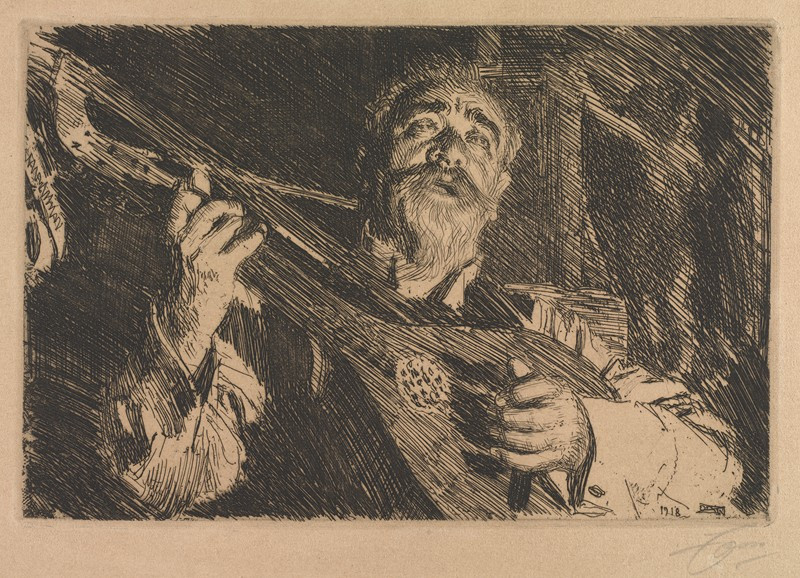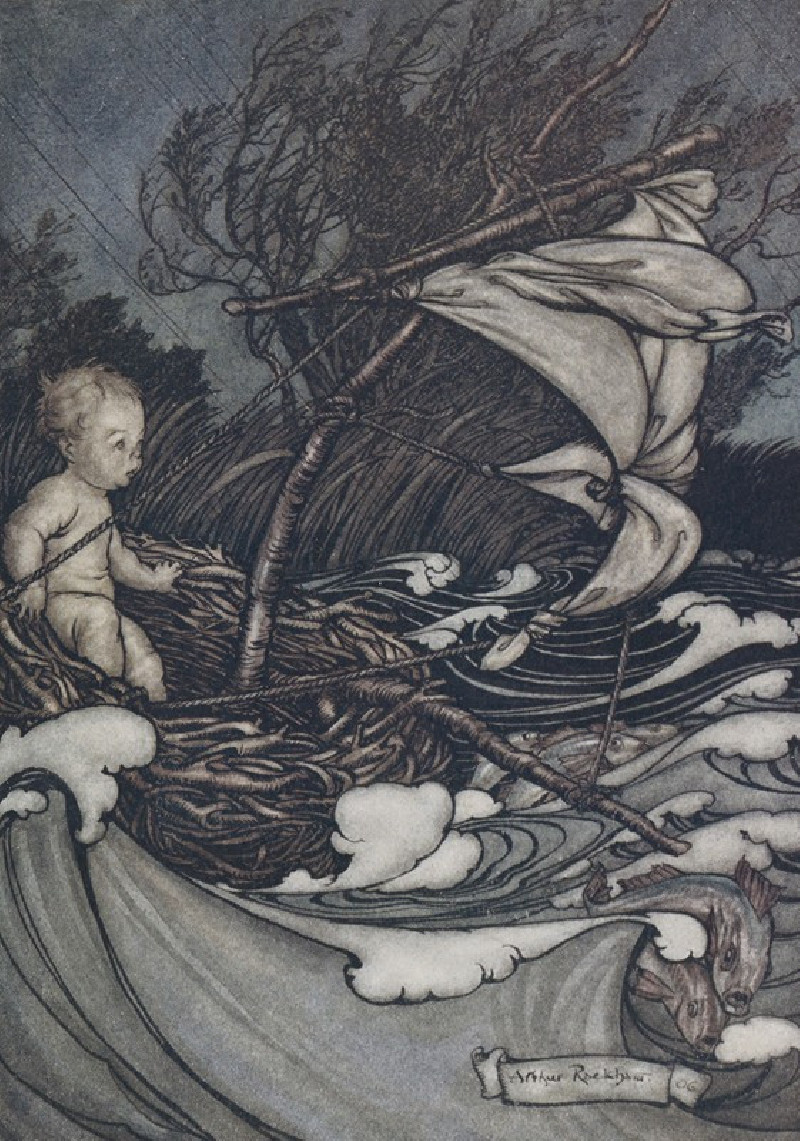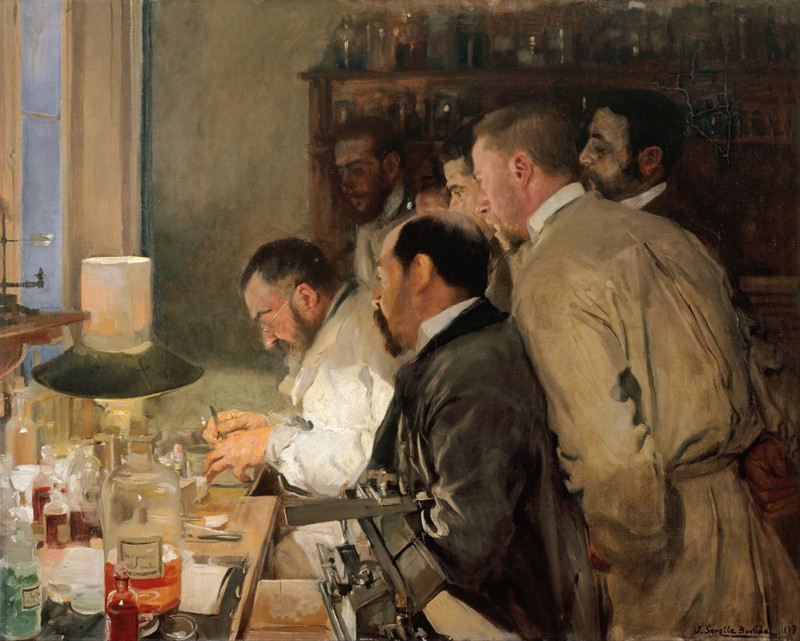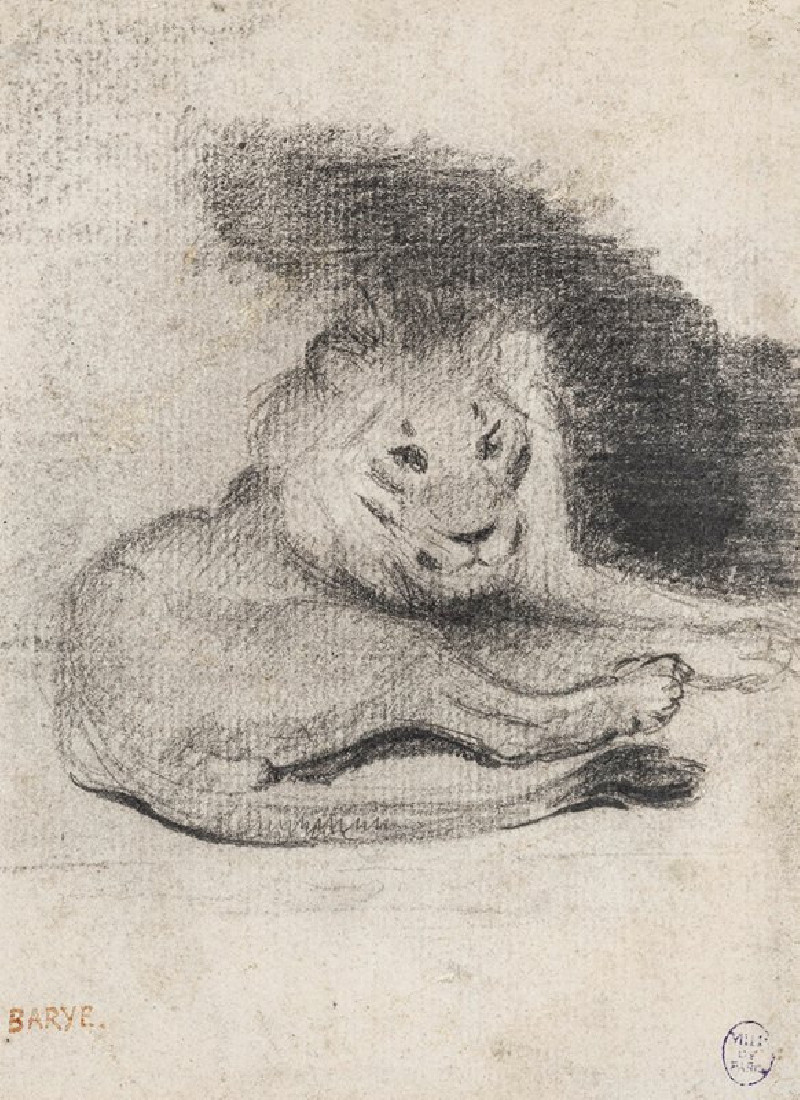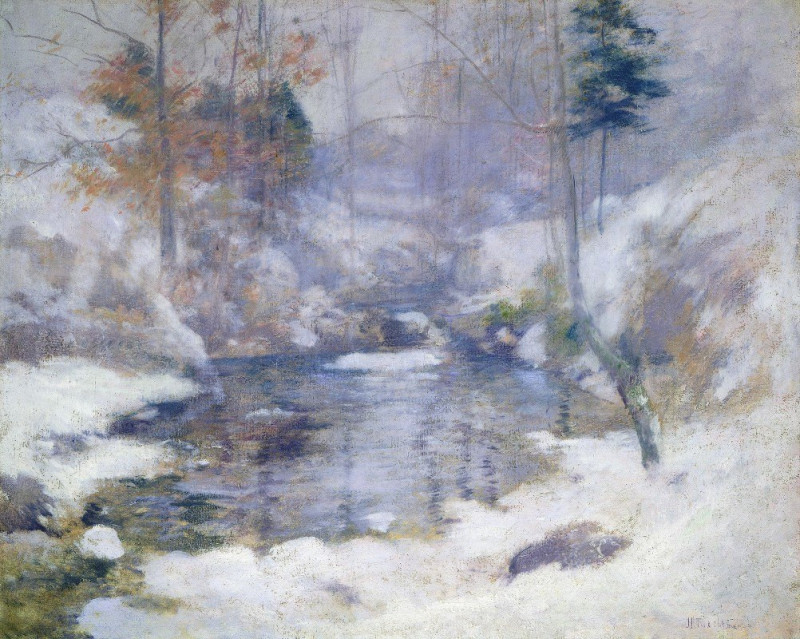Le Tocan. (1806)
Technique: Giclée quality print
Recommended by our customers
More about this artwork
Jacques Barraband's exquisite artwork "Le Tocan" from 1806 showcases his mastery in ornithological illustration, capturing the elegance and vibrant detail of a toucan. This painting is a testament to Barraband’s precise and detailed approach, where every feather and color transition is rendered with utmost accuracy.In this piece, the toucan is depicted perched gracefully on a branch, its stark black plumage contrasted beautifully against the subtle white of its throat and the striking red and yellow hues of its bill. This bill, large and curved, is a defining characteristic of the toucan, and Barraband has captured its glossy texture and colorful palette vividly. The bird's piercing eye adds a sense of life and immediacy to the portrait, engaging the viewer directly.Barraband’s works were highly celebrated in his time for their contribution to scientific studies and for the sheer beauty of his artistic execution. "Le Tocan" not only serves as a visual delight but also as an important historical record of wildlife during the early 19th century.

